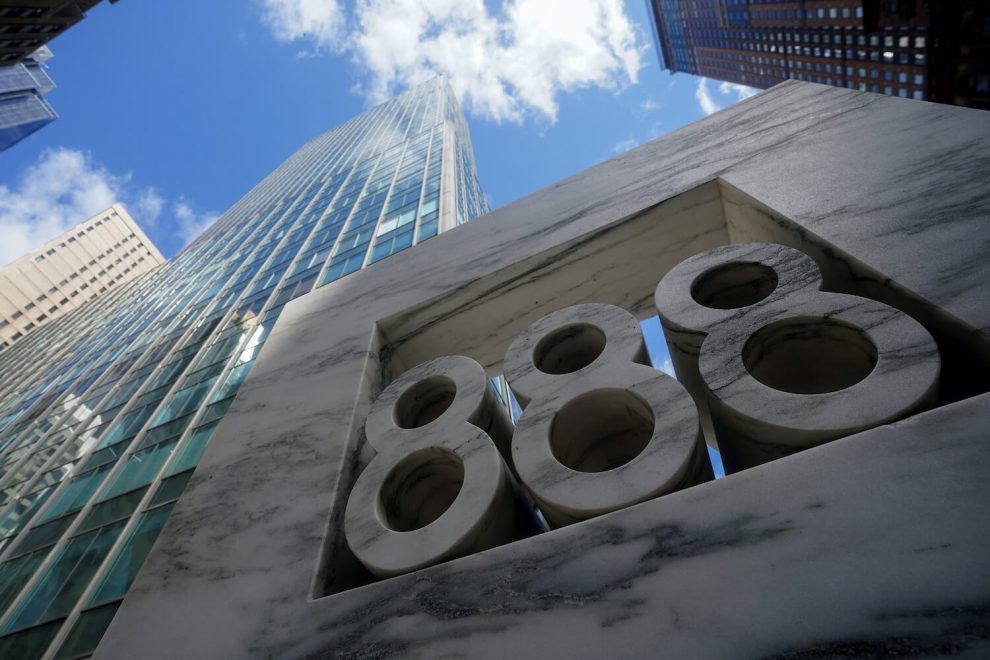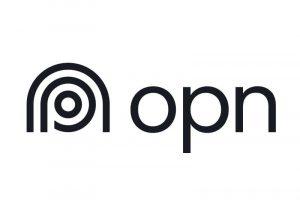(ATF) The collapse of Bill Hwang’s Archegos family office could inflict losses of up to $10 billion on the investment banks that acted as its prime brokers, according to one estimate.
As new details emerge, it makes sense to ask what lessons can be taken from this debacle; that banks’ appetite for revenue can still get the better of their focus on risk management? Certainly. That it’s time to look at how multi-billion-dollar family offices are regulated? Perhaps.
But one important lesson is being missed: that Archegos simply revealed the inherent problems with a financial system that concentrates risk in a handful of big institutions.
If this is the case, then it follows that the centralized financial system we have today needs to change.
The good news is that an alternative architecture exists. Open finance uses smart contracts on a blockchain to allow many to transact with many, distributing risk around a system instead of concentrating it in the hands of a few, as with Archegos.
Level playing field
Reducing systemic risk isn’t the only advantage of open finance, though.
Its decentralized architecture can help to make investing more accessible, cheaper and more transparent, addressing widespread concerns among individual investors that they don’t operate on a level playing field with big financial institutions capable of making massive investments in technology.
With the vast majority of investment flows being handled by big financial institutions around the world, capital becomes fractured, localized and concentrated. This friction slows, restricts and adds cost to the movement of that capital.
Friction is caused by regulation, which serves a vital purpose in maintaining financial stability and protecting consumers, but also adds significantly to financial institutions’ costs.
It is also caused by the commercial imperative for financial institutions to spend billions of dollars on technology that only benefits their clients and their businesses. In turn, the need to generate a return on this investment incentivizes banks to offer their most value-added services to the institutional clients that pay them millions of dollars a year rather than the retail investors who might pay hundreds.
Some may see this state of affairs as inevitable – or even desirable. Investment in IT systems should be rewarded, it can be argued. Institutional investors’ business is worth more to investment banks than that of retail investors, so it’s natural that they get better opportunities and more services.
Programmable money
The reality, though, is that we can start the transition towards a level playing field without losing any of the advantages of the established system. Investment in technology can benefit all users of the financial system, not just the clients of one bank. The kinds of highly value-added services that have only been available to institutional clients can be offered to anyone.
Open – or open source – finance makes this possible. “Programmable money” protocols can recreate the services offered by an investment bank’s prime brokerage unit, for example, in which custody, borrowing to finance investments and trading are brought together in one place.
Open finance can go a few steps further, though. Instead of approaching different prime brokers, investors who want to borrow can access multiple lenders on the same platform. Rather than making a sequence of trades to build their portfolio with leverage, they can save time and money by executing all these trades simultaneously.
At the same time, lenders can also monitor the value of their collateral and automate making adjustments to ensure that their exposure stays within their risk appetite. There is also a complete, immutable record of all these transactions.
And, unlike with traditional prime brokerage, anyone can participate in an open finance ecosystem – whether they’re an individual or institutional investor. As you would expect, that has the potential to bring down costs for users significantly, as well as to reduce the chances of big losses for financial institutions and their shareholders.
Finance without Wall Street
Building a new financial architecture won’t be easy. It will require continued investment in its underlying infrastructure to ensure the high speed and low cost required for large volumes of transactions.
To achieve mainstream adoption, open finance systems have to be accessible via apps that are as easy to use as those already on our phones. And the growth of open finance will challenge financial regulators to find effective ways to supervise a new model without negating its benefits.
But the idea is gaining momentum. There is some $50 billion of value in open or decentralized finance systems – up from around $15 billion at the end of last year.
The programmable money concept is also being used by central banks globally to explore the potential of digital currencies.
In the private sector, too, stablecoins like USDC and Facebook’s Diem payment system are emerging, gaining approval and traction: Visa announced at the end of March that it would support the settlement of transactions using USDC, which is built on the Ethereum blockchain.
Archegos, which paid millions of dollars of fees to investment banks, was a case study in the weaknesses of centralized finance.
If we take one lesson away from its demise, it should be that we need to build a financial system – including a way to finance investments – that is safer, more efficient and more accessible. Through decentralization, open finance makes that possible. It’s finance without Wall Street.
Alex Grebnev, CFA is co-founder of Oxygen.org and Maps.me.
























